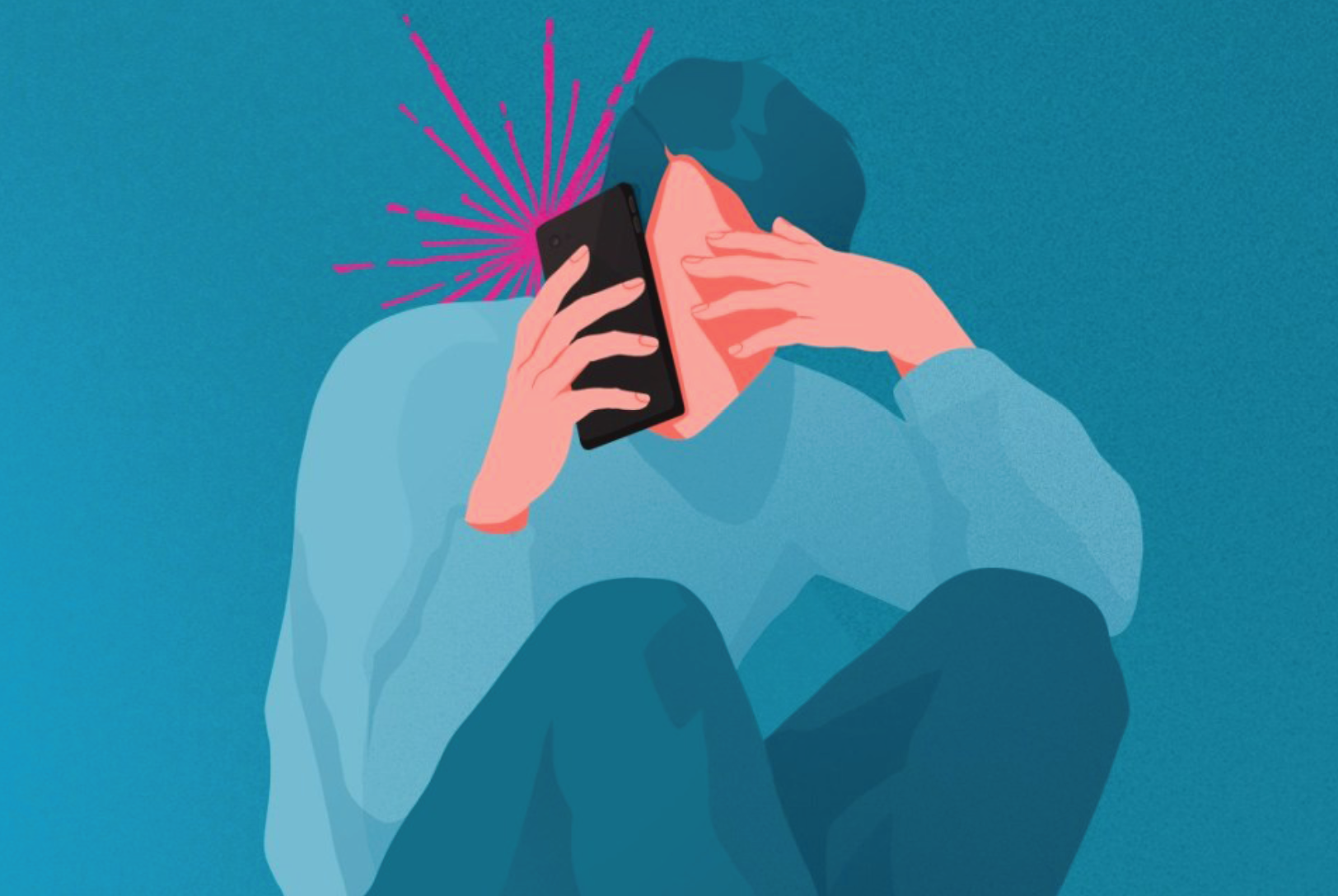Suicide Prevention
By Samantha Kakos
For more than a year now, the news has covered the unprecedented coronavirus (COVID-19) pandemic that has gravely impacted people everywhere. The world changed overnight, leaving many individuals to live in fear for their health and that of their loved ones.
Another pandemic that causes an excessive amount of fear in the lives of individuals and the people around them is suicide. Suicide affects nearly 800,000 people around the globe per year.
Unfortunately, COVID-19 has caused a great deal of uncertainty in the lives of individuals all over. Since the start of the pandemic, it has been reported that one in four adults has suffered from suicidal thoughts.
Generally speaking, multiple factors lead a person to contemplate and sometimes follow through and commit suicide. Suicidal behavior is common among individuals who have mental illness, most commonly major depressive disorders.
Other common reasons that may influence suicidality are: stress caused by a traumatic experience; impulsivity under the influence of substances; failure; sudden loss; and chronic illness, to name a few. These life events (that many are experiencing today) can lead an individual to feel unworthy and hopeless.
Currently, suicide is the 10th leading cause of death in the United States. According to 2019 statistics, a total of 47,511 individuals in the US died by suicide. Meanwhile, there were approximately 1.38 million suicide attempts.
The suicide rate for older adults has been increasingly higher among individuals 45 to 64 years of age. The highest rate occurred with adults ages 85 and older. The statistics show that suicide affects people of all ages, races, genders, and strikes in many vulnerable populations.
Throughout the past year, depression and anxiety rates across the country have significantly increased, with 40 percent of Americans reporting a minimum of one mental health issue or problem related to substance use. Adolescents have been hit the hardest, with 75 percent of young adults admitting to severely struggling to cope with the sudden changes in our world.
The amount of individuals who have reported seriously thinking about suicide within a 30-day period has dramatically increased among young adults between ages 18 and 24. Although the suicide rate has decreased globally, there has been a 35 percent increase in the US over the past 20 years.
In the wake of the pandemic, experts say a combination of isolation and economic crises are the key factors in the recent spike of suicidal behavior.
A story in the Washington Post tells of a father who says he visits his 16-year-old son’s grave daily since he died from suicide, one month into the COVID-19 pandemic. The father stated his son struggled with depression and a mild case of bipolar disorder. He is constantly haunted by the phrase, “What if?” followed by, “What could have been done to stop this?”
In the state of Michigan, reports show one person committing suicide every six hours. In 2019, there was a total of 1,471 deaths by suicide. The 2020 data is still under review.
The current steps Michigan is taking to address suicidality include: establishing a safe environment for individuals to feel connected; implementing suicide prevention education and training; expanding accessibility to mental health care for Michiganders who may be at-risk for suicide; and collecting data that is specific to suicide.
It is important for non-mental health professionals to learn about effective resources that offer immediate hope to people who may be suicidal. Suicide can be a challenging topic to discuss. Still, a basic understanding of suicide is essential for all individuals regardless of their circumstances because knowledge of at-risk behaviors can help save lives.
Some possible warning signs of suicidality to be aware of are: a drastic change in behavior; loss of interest in life; change in sleep patterns; self-imposed isolation from friends and family; overall feelings of hopelessness; and of course, talk about suicide or any kind of “exit” plan.
Be on the lookout for these behaviors, and take them seriously, even if you think it’s just drama. Suicide can be prevented, and help is always available. You don’t want to find yourself saying, “What if?”
Samantha Kakos is an intern at the Chaldean Community Foundation. The CCF’s mental health initiative, Project Light, strives to help Michigan residents age 13 and older on their life journey. Licensed social workers offer professional mental health care and support to individuals, couples, and groups through a variety of therapeutic techniques, focusing on holistic methods to guide people through the issues that they are challenged with and tailor each session to the clients’ individual needs.

